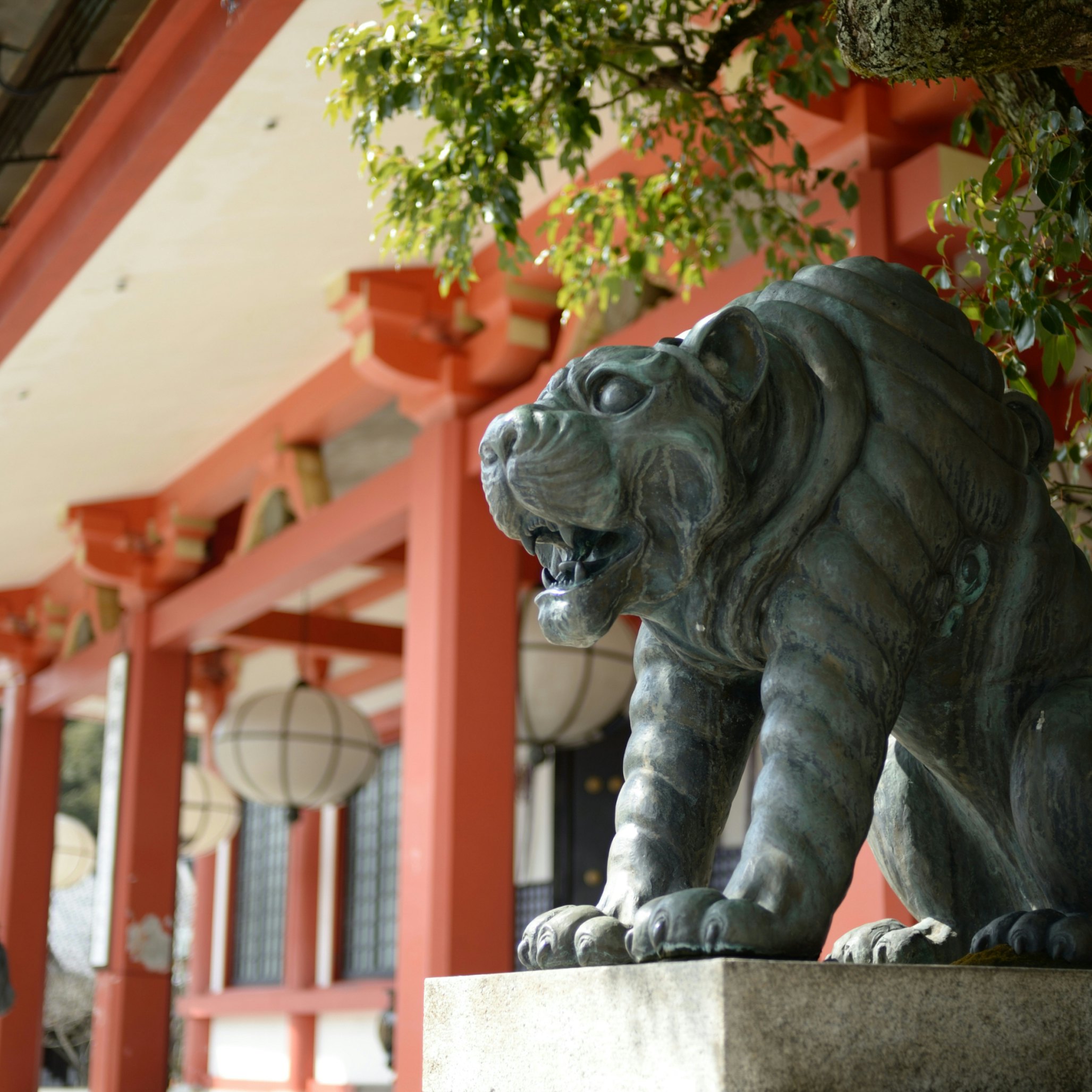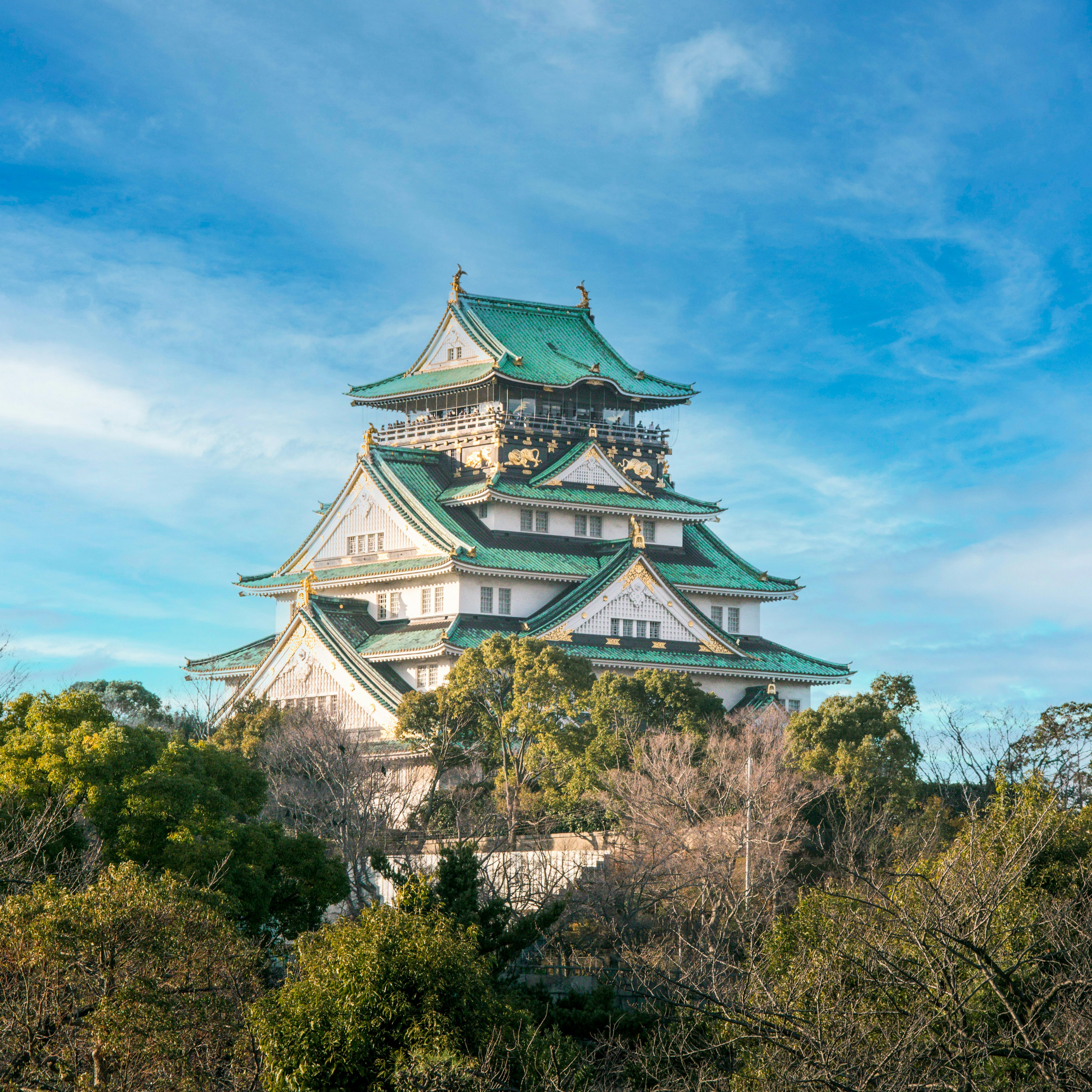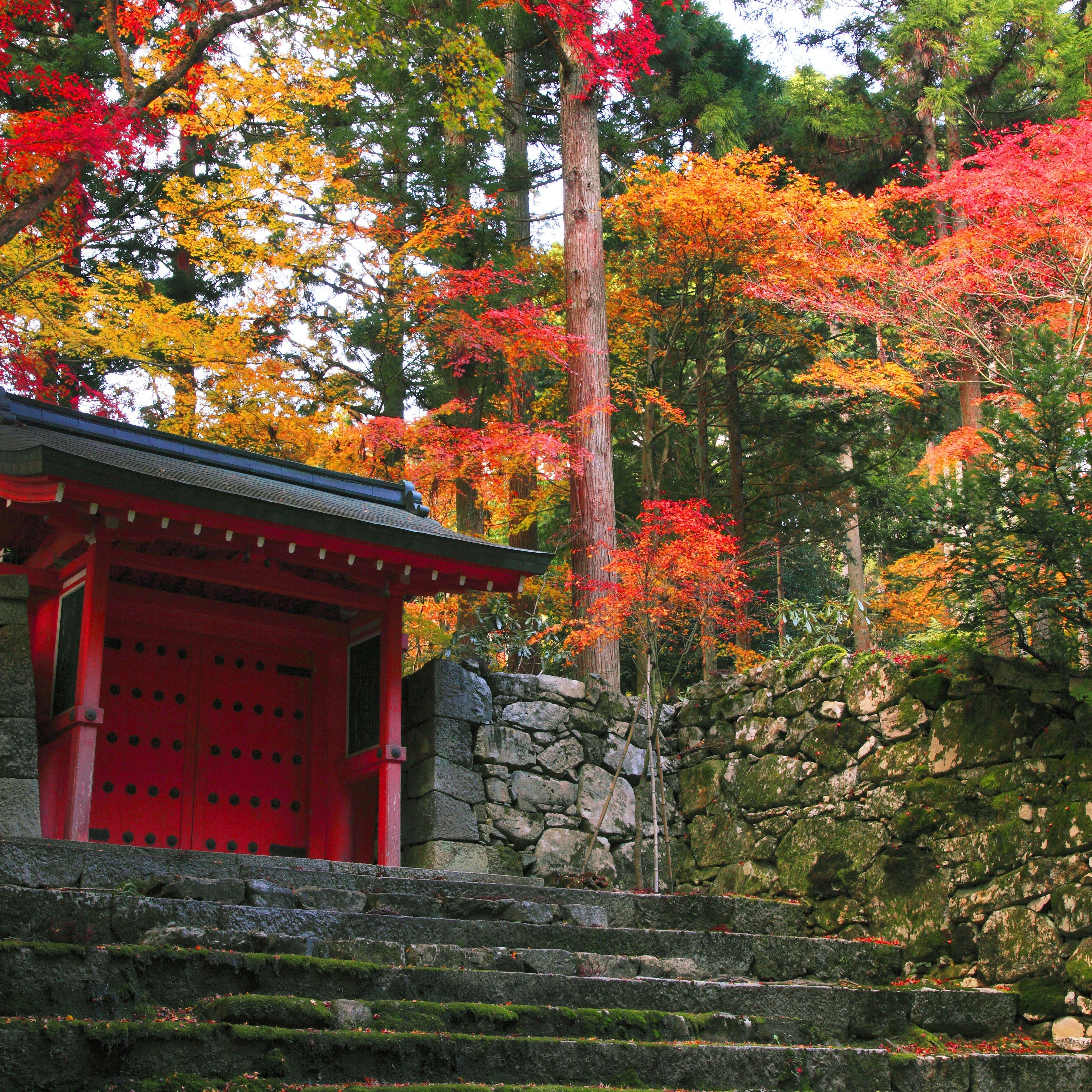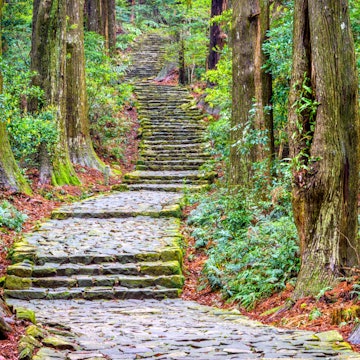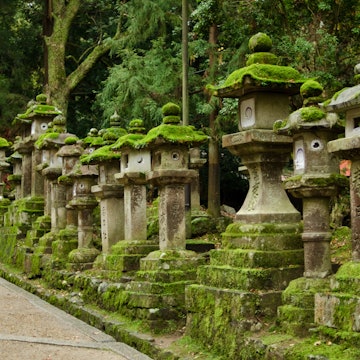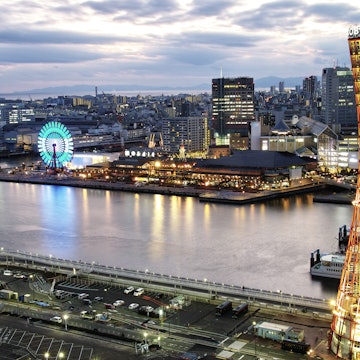
Overview
Kansai (関西) is the heart of Japan, where much of modern-day Japanese culture originated. Its highlights read like a greatest-hits list. Looking for a vibrant dining and drinking scene and the vivid color that Japanese cities are famous for? Head to Osaka. Want to get out into remote mountains and hike for days? Follow the ancient trails of the Kumano Kodō. Famous works of art? See the Buddhist sculptures in Nara. Onsen? There's a whole town for that in Kinosaki. Castles? Check. There's enough to fill a whole itinerary here, and it's all easy to access by public transport. Kansai is a great place to explore if this is your first time in Japan, and it's also a good choice if you're a repeat visitor: there's much to discover beyond the highlights, including fascinating temples, shrines and archaeological sites that resonate through the ages.
Leave the planning to a local expert
Experience the real Kansai. Let a local expert handle the planning for you.
Must-see attractions
Get a book. Get inspired. Get exploring.
in partnership with getyourguide









